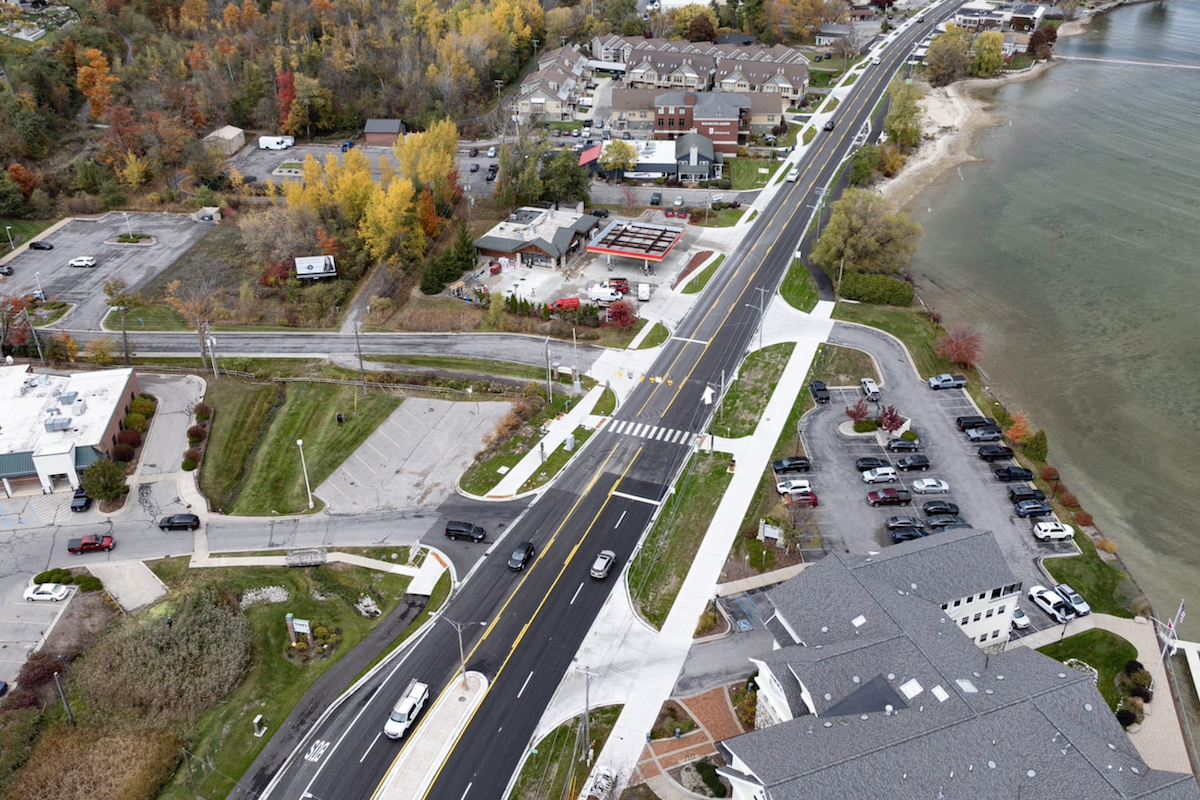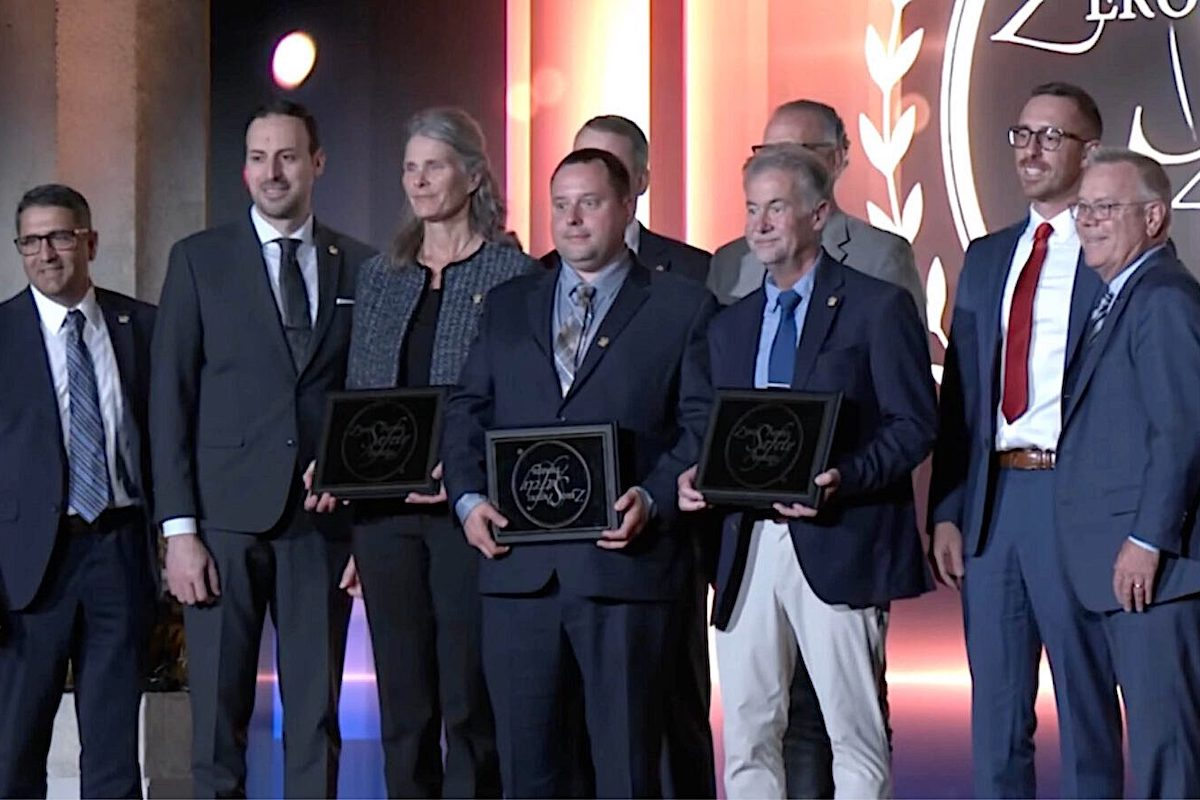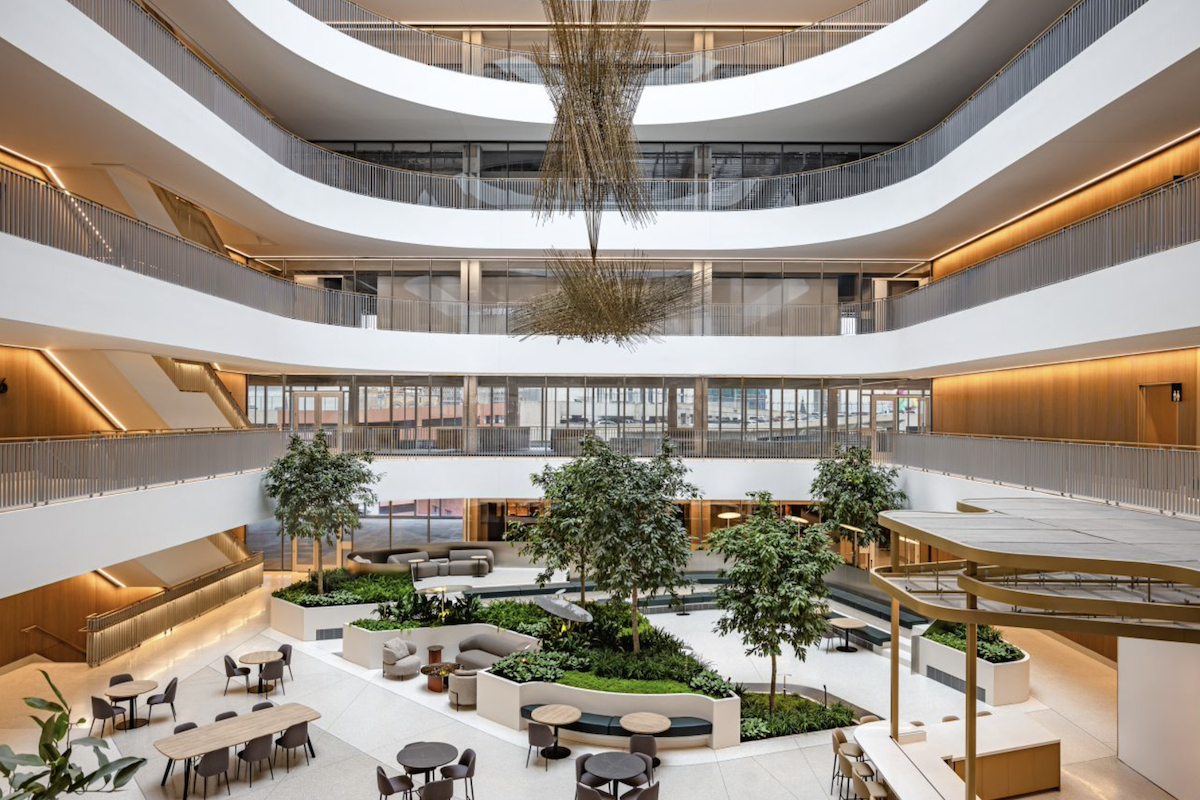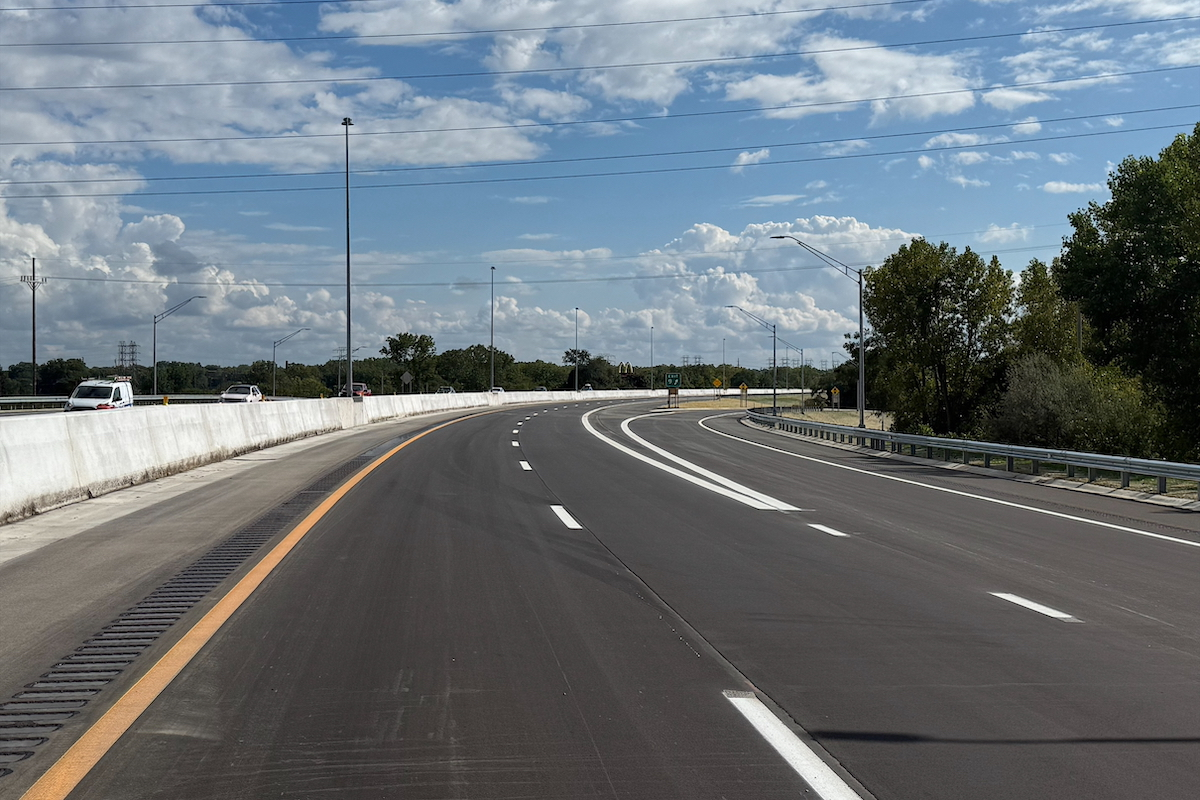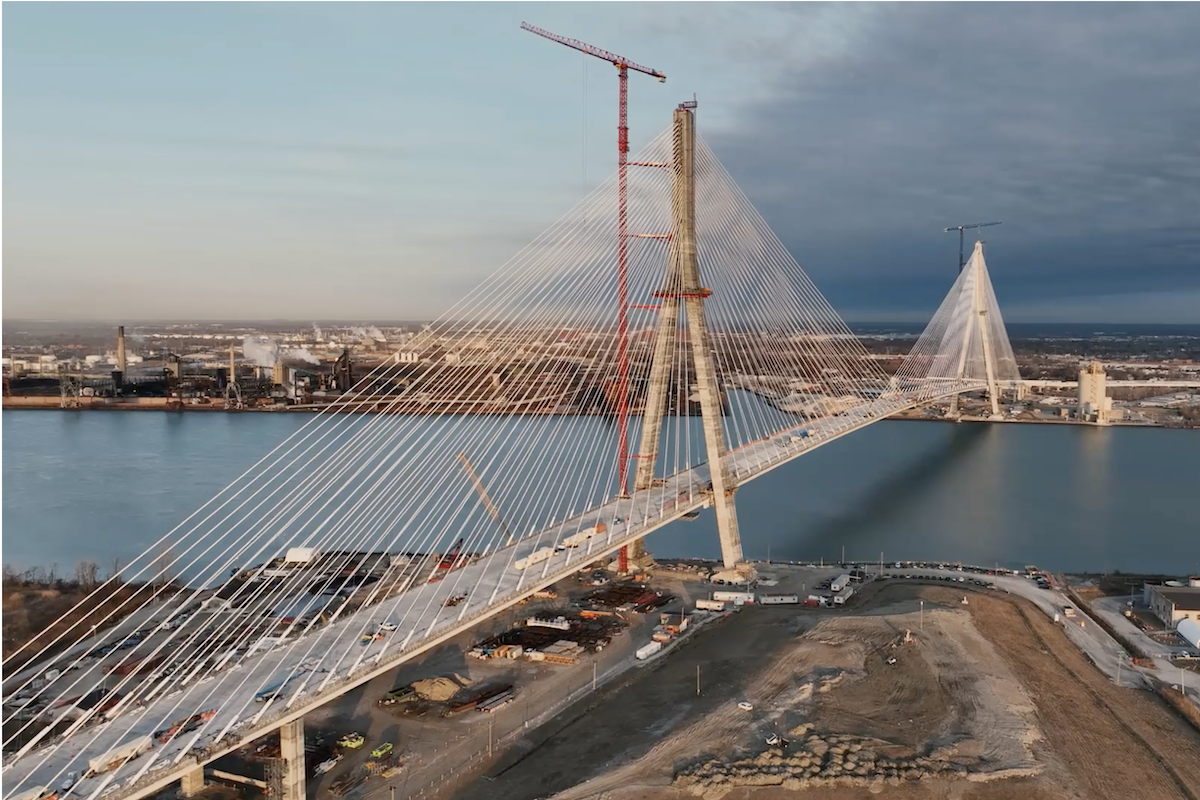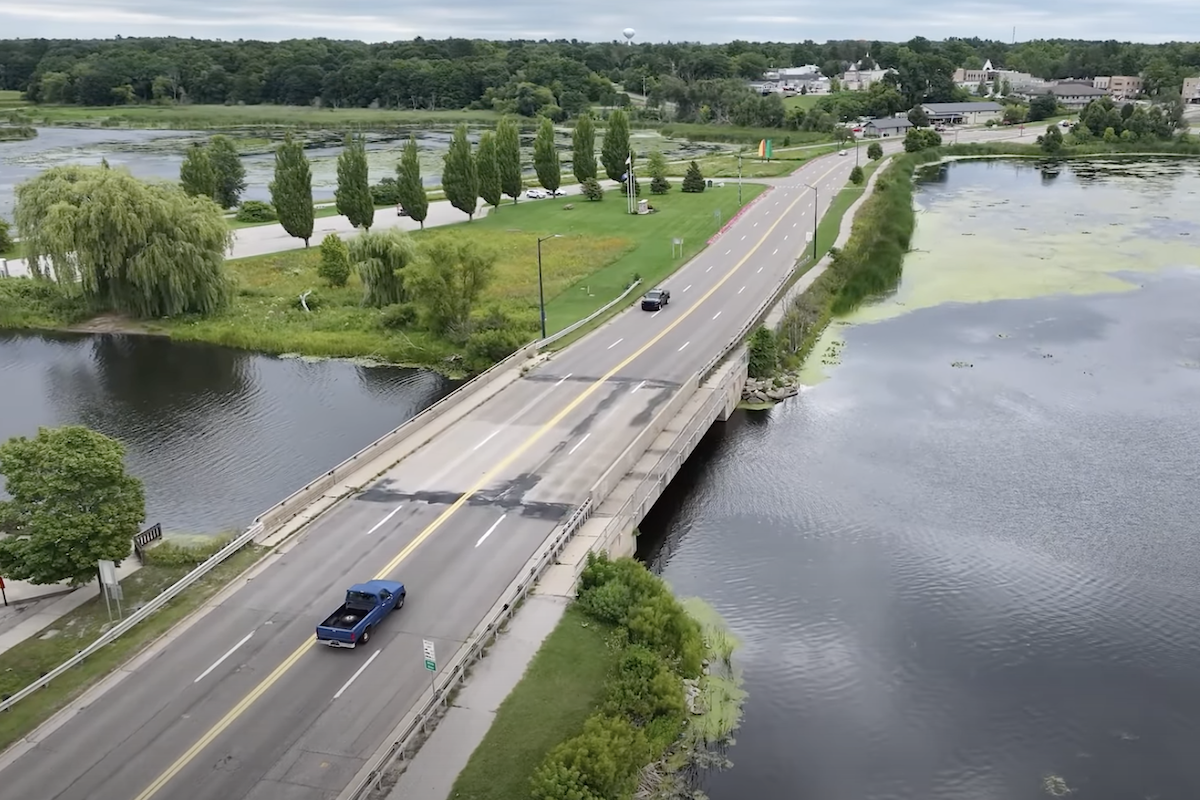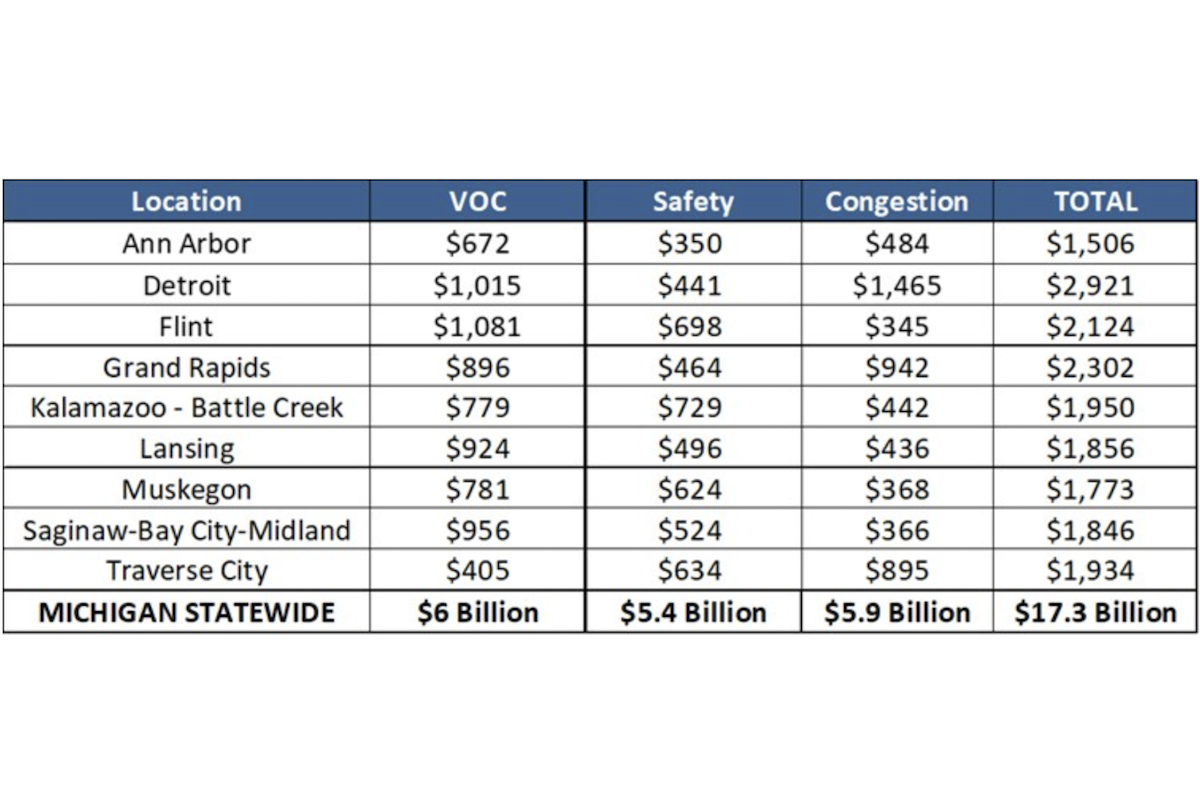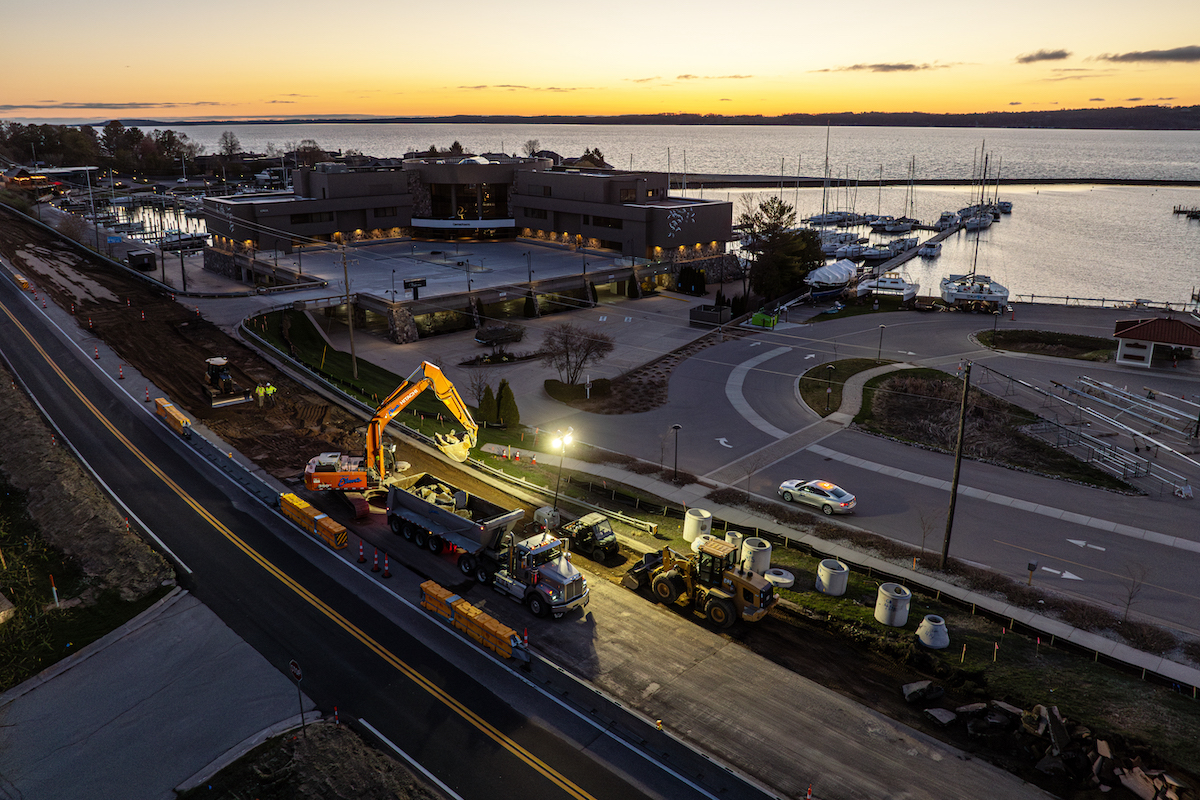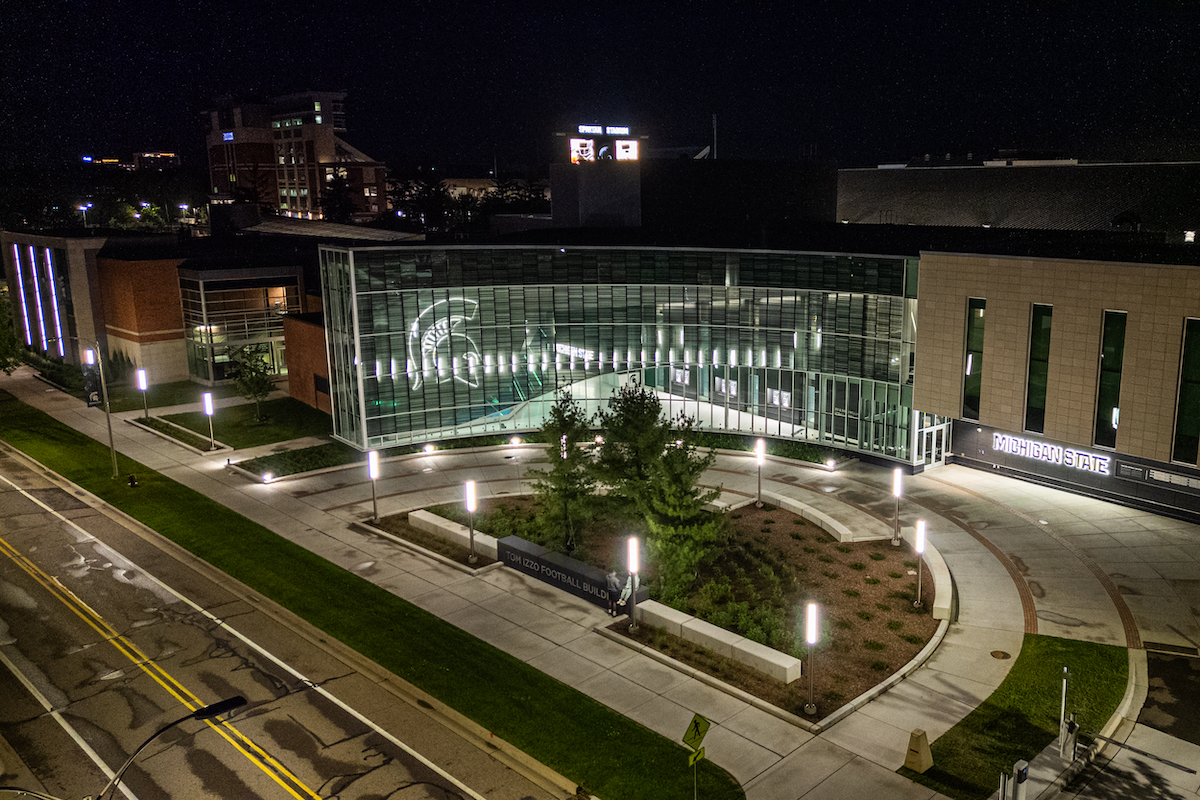“Today, Michigan competed for and won funding for the I-375 modernization project to replace a mile of highway in Detroit with an accessible boulevard, expanding opportunities for local small businesses and reconnecting communities split apart nearly six decades ago,” Whitmer said. “In the 1950s, I-375 paved through two prosperous Black communities and displaced over 130,000 Michiganders and hundreds of businesses. While we cannot change the past, we can work together to build a more just future, and that’s exactly what today’s grant empowers us to do. We fought hard to secure this funding to create a corridor of economic opportunity in Detroit and build on the city’s growing economic momentum.”
“This stretch of I-375 cuts like a gash through the neighborhood, one of the many examples I have seen in communities across the country where a piece of infrastructure has become a barrier,” Buttigieg said. “With these funds, we’re now partnering with the state and the community to transform it into a road that will connect rather than divide.”
“I cannot thank Sec. Buttigieg and USDOT enough for recognizing the value this project will bring the community,” said Paul C. Ajegba, Director of MDOT. “For several years, my team has been working hard to reinvent this corridor with the goal of acknowledging mistakes of the past, reconnecting neighborhoods, and spurring economic growth. This grant marks a significant move forward.”
"I'm ready to fill in the ditch called I-375 and make it a beautiful, bustling boulevard, connecting the city of Detroit," said Detroit Mayor Mike Duggan. "We all know the painful history of I-375, and the city's planning staff is having ongoing conversations with the community on how we're going to transform I-375 together. Today's announcement means we're going to be able to speed this project up from 2027 to 2025, thanks to the city, state, and federal government all working together. Let's fill in the ditch and re-knit this community."

| Your local Trimble Construction Division dealer |
|---|
| SITECH Michigan |
In addition to new lanes for automobiles, there will be a two-way cycle track on the east side of the boulevard connecting the riverfront to the Montcalm Street extension and extend west to Brush Street and east to Gratiot Avenue, where it will connect with the Dequindre Cut bicycle path.
Several blocks of commercial and residential buildings were also leveled to make way for the freeway and urban renewal. Although I-375 has a number of cross-bridges, many properties declined due to reduced connectivity and especially because the community's economic and residential base was substantially dislocated.
Today, almost three generations later, Michigan can eliminate this obstacle and provide easier access to better jobs, services, and quality of life to the residents of adjacent areas of persistent poverty. After nearly 60 years of use, I-375, the I-75/I-375 Interchange, and associated bridges are nearing the end of their useful service life and require modernization.
Extensive research was conducted starting in 2014 with a Planning and Environmental Linkage (PEL) study to identify and evaluate alternatives for the corridor that would meet the transportation needs of all users in a cost-effective manner and improve connectivity. The PEL determined that the transformation from a freeway to a boulevard was feasible. The conclusion of the PEL led to an Environmental Assessment (EA) study to document the human and natural impacts associated with any proposed improvements. Guided by the study’s purpose and need, as well as extensive public outreach, a preferred alternative was developed and presented at both a virtual meeting and an in-person public hearing in January 2021.
MDOT and the Federal Highway Administration (FHWA) have documented and thoroughly reviewed the public comments submitted in the FONSI, which is the final National Environmental Policy Act (NEPA) decision document and describes why the I-375 improvement project will not have any significant environmental impacts expected to occur upon implementation of the selected alternative design. NEPA is about people and places and balances engineering and transportation needs with social, economic, and natural environmental factors.

| Your local Deere & Co dealer |
|---|
| AIS Construction Equipment |
MDOT added measures to be taken that acknowledge the impacts on residents and business owners in the former Black Bottom and Paradise Valley neighborhoods. These measures include:
- Implementing a process for the community to provide meaningful input that can be incorporated into the final design. The process will begin with the formation of a new community-based local advisory committee.
- Preparing and implementing a community enhancement plan, land use framework plan, and aesthetic design guidelines with the new advisory committee.
- Using the value of the excess property to fund community priorities that will be identified during outreach efforts.














